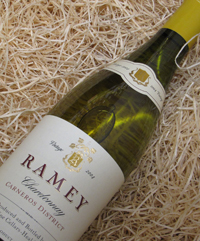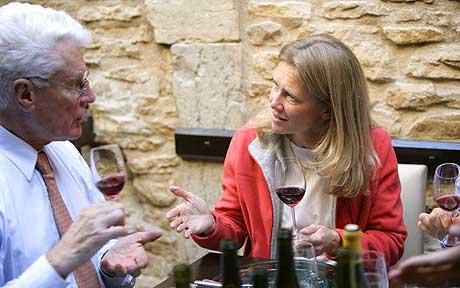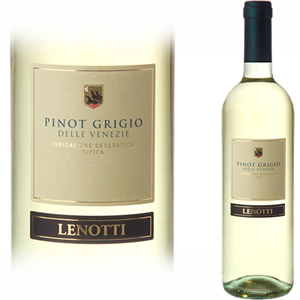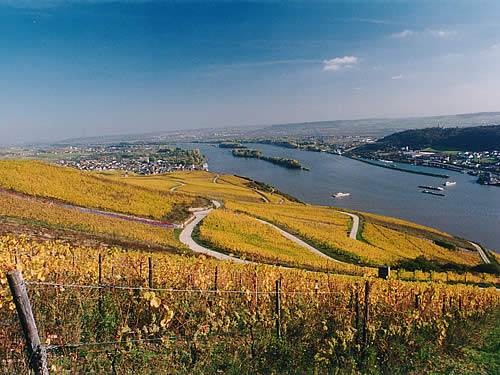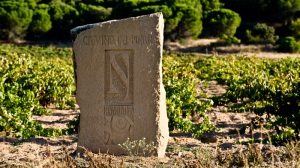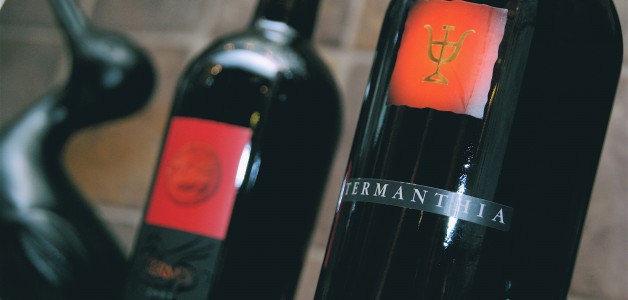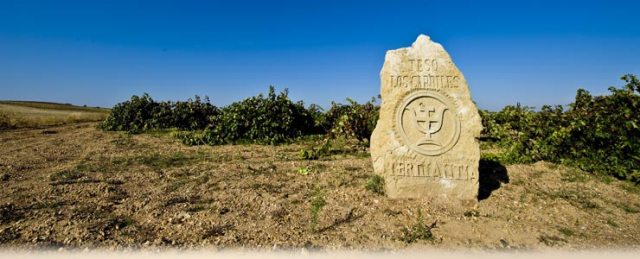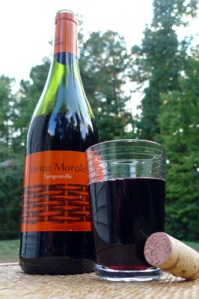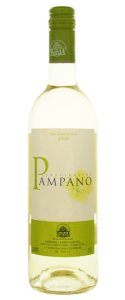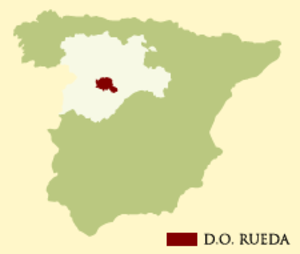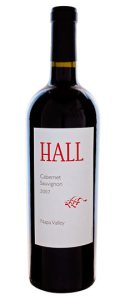Marimar Estate
2007 La Masîa Chardonnay
Russian River Valley
Was $30, now $22
Can you speak five languages fluently? If so, you will have to learn another one in order to match Marimar Torres, who knows six. She also holds business degrees from Stanford and the University of Barcelona, but Ms. Torres is willing to bet that you will be much more impressed by the wines she produces at Marimar Estate in the Russian River Valley.
Today we are sampling the 2007 Masîa Chardonnay. This offering from Torres’ Sonoma-based Don Miguel Vineyard has a unique Chard vocabulary indeed. Floral aromas of honeysuckle emerge on the nose. In the mouth we find hints of lemon zest and vanilla bean from the French oak, which enhances the complexity of the fruit and adds a nice little toasty sensation as well. But it’s that lovely little shimmer of acidity that gives this Chardonnay a cute foreign accent – and a place on our summertime wine table. Put it on yours this evening and after a few glasses you just might find yourself speaking in tongues.
Chateau Simard
1999 Bordeaux Blend
Saint-Émilion
$30
One of the biggest winemaking trends to develop over the past few decades has been the general movement toward producing and selling wines faster. Pressure from competing beverage industries has forced modern wine makers to accelerate the quality development of their product – and to get it to market quickly. As a result, most of the affordable bottles you find on store shelves today are from recent vintages, and hardly any of them will benefit from aging.
So it’s refreshing to find a good bottle with some age on it that you won’t have to shell out a whole paycheck for. Today we are tasting just that very bottle: The 1999 Chateau Simard, a lovely Bordeaux blend of Merlot and Cab Franc perhaps best described as approachable elegance. After opening the bottle and allowing it to breath for a few hours, we discover a brick-red eye, smoky tobacco nose, and an elegantly earthy, dark fruit mouth.
Currently owned by Claude Maziére, Chateau Simard is an ancient estate in Saint-Émilion dating to the 1600’s. Monsier Maziére simply refuses to release his bottles before they are at least a decade old. Fortunately for us, he doesn’t charge a lot for them when he finally does.


